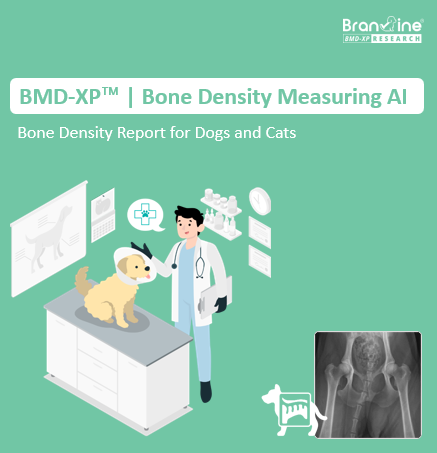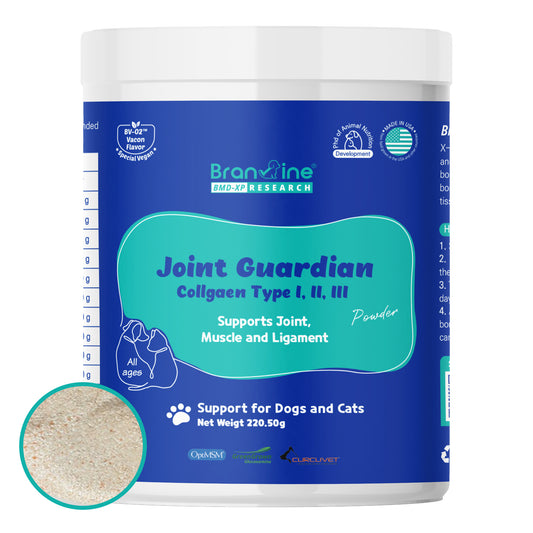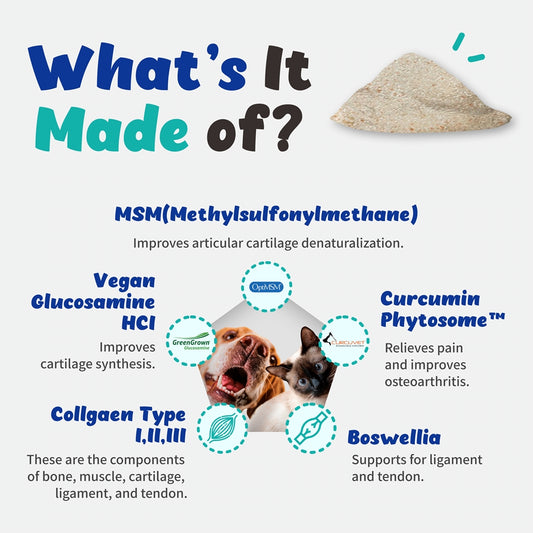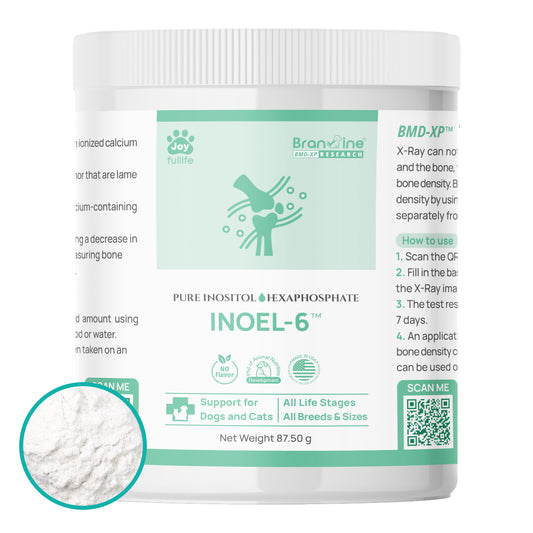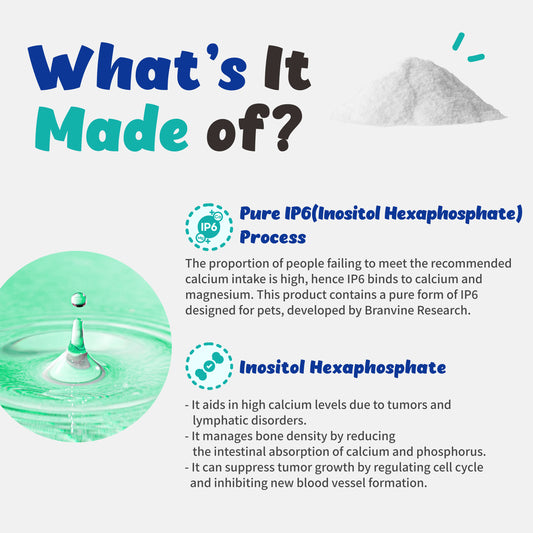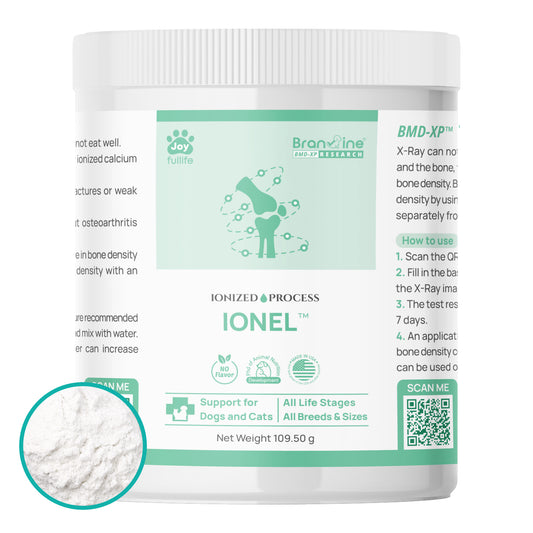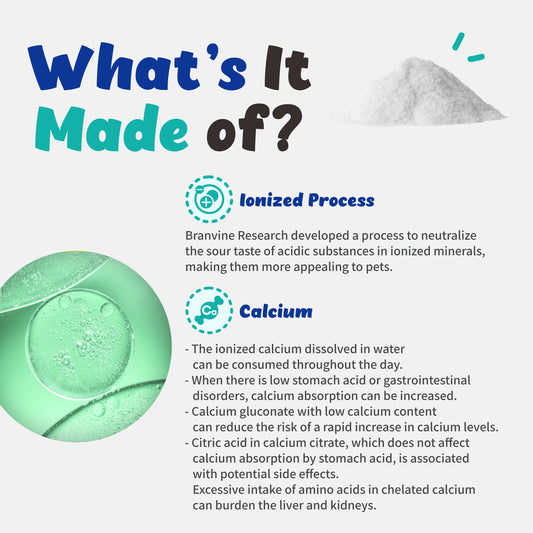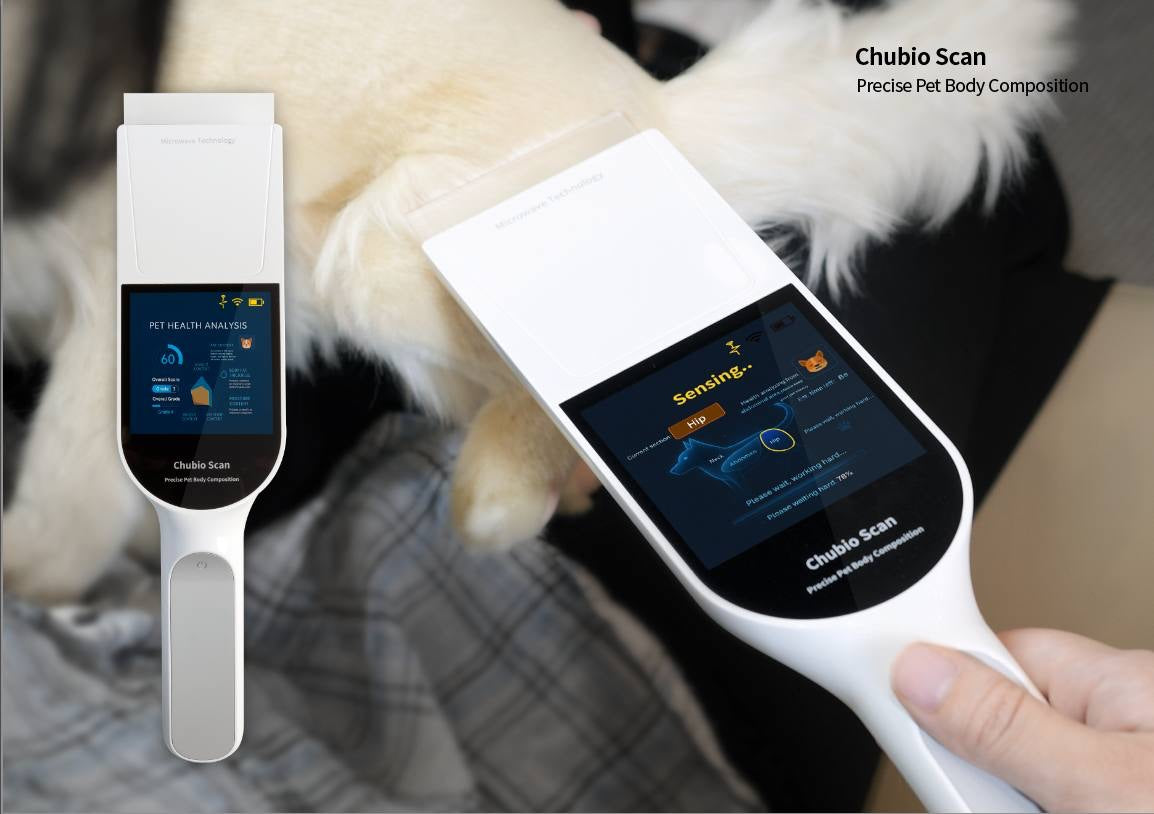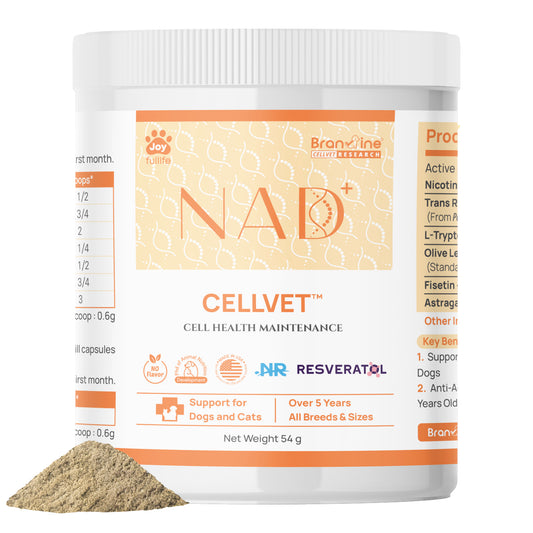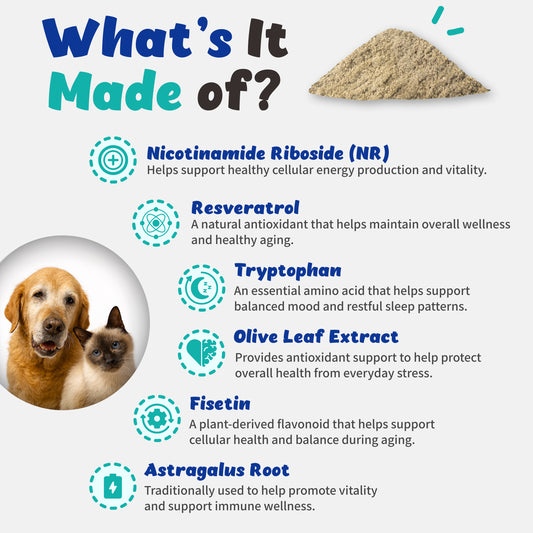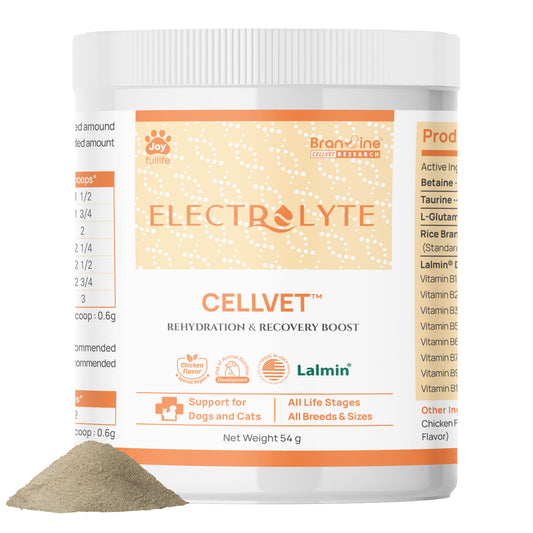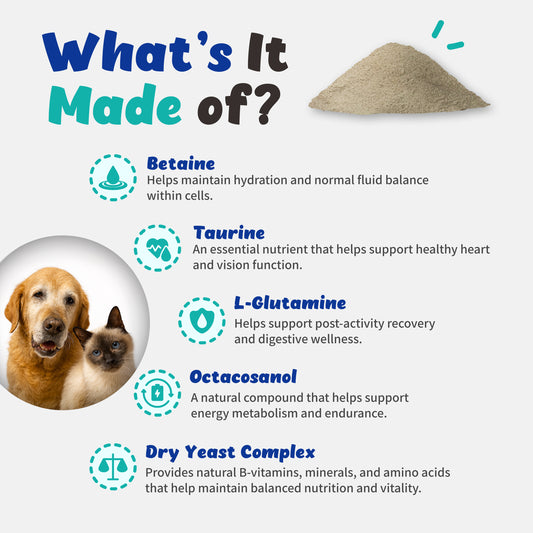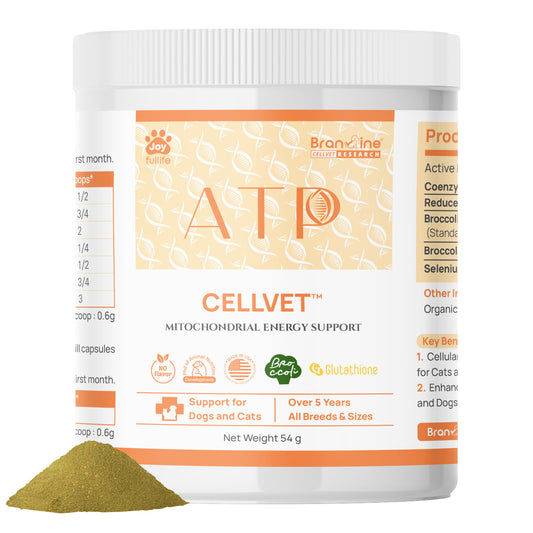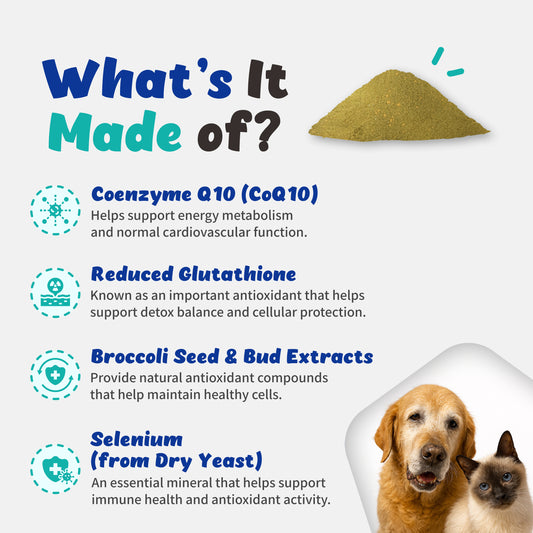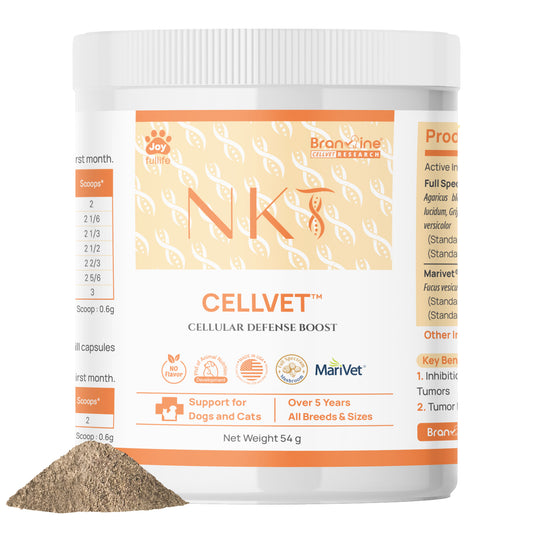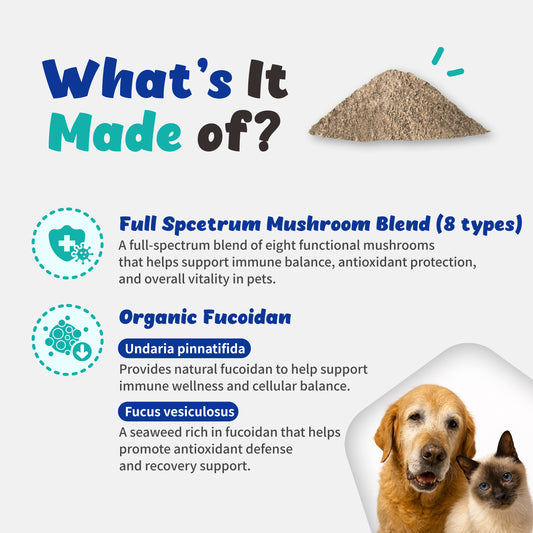This is something that most dogs and cat lovers all know.
We are trying to explain pharmacologically why dogs and cats should not be given Tylenol.
When a drug is ingested,
- 1. Absorption: Absorbs from the stomach and intestines,
- 2. Distribution: Distributes blood from the intestine to the surrounding organs, such as the liver.
- 3. Metabolism: The liver makes the drug water-soluble, weakens its toxicity, and transports it to other organs.
- 4. Excretion: Excreted through the kidneys and urinary tract.
This process is the same for humans, dogs and cats.
Metabolism of the liver has Phase I and Phase II processes. Phase I is a process that makes the drug water-soluble, and in Phase II, the toxicity of the drug is weakened and the water solubility is maximized.
In the case of Phase I, the cytochrome 450 enzyme is responsible for this, and about 60 components are known.
In addition to the difference in the composition of cytochrome 450 between humans, cats and dogs, Tylenol is a prescription drug that has been proven to be harmless in human liver metabolism,
which can make it difficult for dogs and cats to metabolize in the liver.
In the case of cats, the glucuronidation activity of phenolic compounds in Phase 2 decreases, so they are more sensitive to Tylenol.
Conclusion : The reason dogs and cats shouldn't take Tylenol is because the composition of the liver enzyme cytochrome 450 is different from humans.

